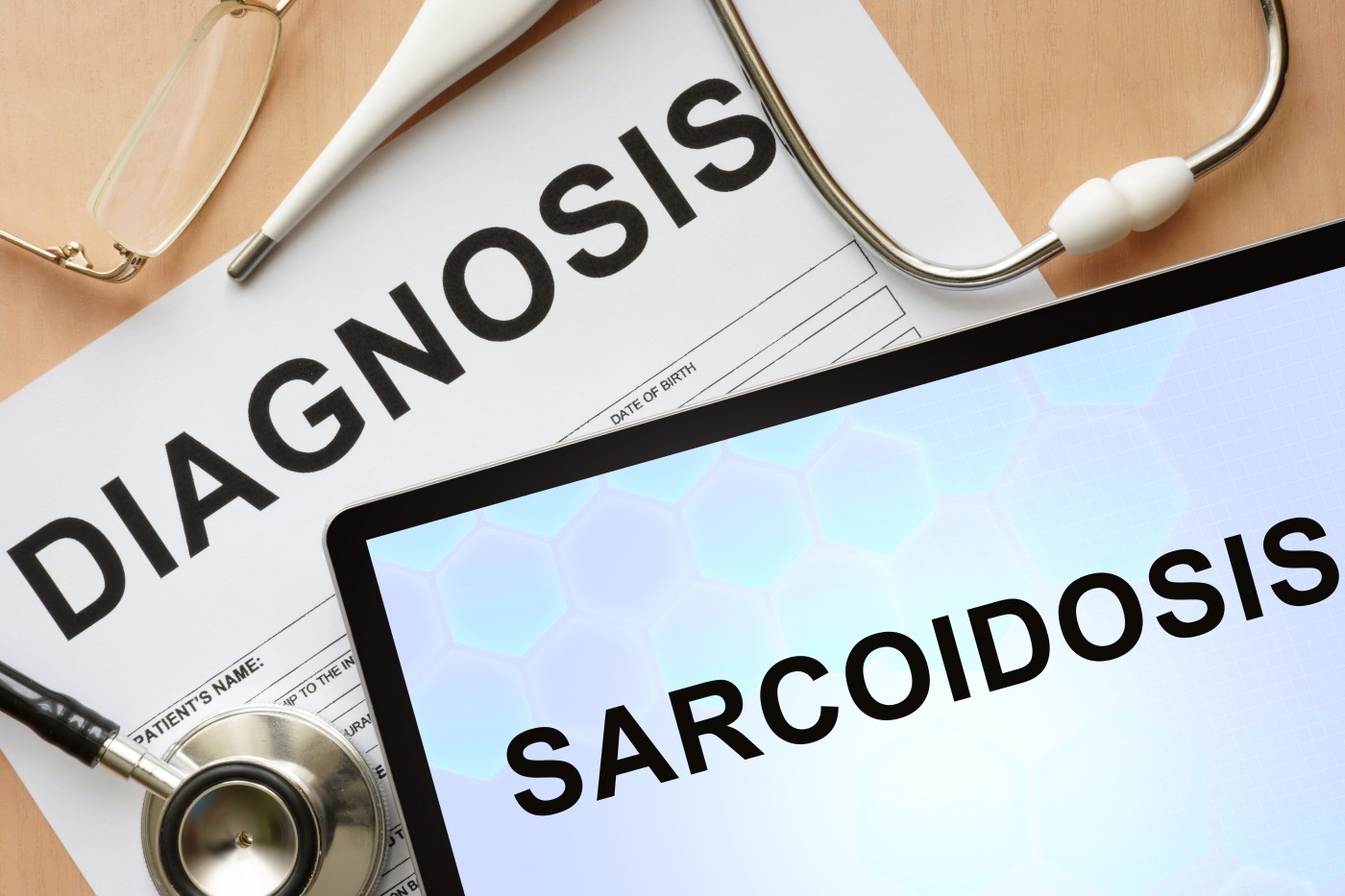Researchers Identify Better Diagnostic Test for Sarcoidosis-associated Uveitis
Written by |

Blood levels of a soluble protein can be used as a diagnostic test to confirm sarcoidosis in cases of acute uveitis, a test that is superior to the standard biomarker used, called angiotensin-converting enzyme (ACE).
The results were reported in “Diagnostic Value of Serum-Soluble Interleukin 2 Receptor Levels vs Angiotensin-Converting Enzyme in Patients With Sarcoidosis-Associated Uveitis,” published in the journal JAMA Ophthalmology.
Sarcoidoisis is a major cause of uveitis — inflammation of the uvea, the middle layer of the eye responsible for blood supply to the retina.
Uveitis associated with sarcoidosis is often granulomatous and can affect nearly any part of the eye.
But while diagnosing uveitis is straightforward, to confirm if a uveitis patient also has sarcoidosis is far more challenging.
In such cases, sarcoidosis is normally diagnosed using chest imaging combined with laboratory biomarker tests, and ideally confirmed through a biopsy.
The problem is that currently used diagnostic tests such as serum angiotensin-converting enzyme (ACE) and lysozyme lack enough sensitivity and specificity for detecting sarcoidosis in uveitis patients.
“An accurate diagnosis of sarcoidosis in patients with uveitis has consequences for the management of the patients’ care and their vision outcomes as well as the choice of medication,” the authors said.
“The lack of a highly sensitive and specific screening test for sarcoidosis in patients with uveitis poses a substantial problem for diagnosing sarcoidosis because undetected sarcoidosis can lead to substantial systemic and ocular morbidity,” they added.
Recognizing the need for developing an improved diagnostic test for sarcoidosis, the team decided to test whether another biomarker — serum soluble interleukin 2 receptor (sIL-2R) — could be used instead.
sIL-2R is released from activated T-cells, immune cells that are involved in the inflammatory response occurring in sarcoidosis.
A retrospective study examined data collected from 2013 to 2015 from 249 patients with uveitis. Their average age was 51.
sIL-2R levels were measured in the serum of the patients and compared to those of ACE.
Both sIL-2R and ACE reached the highest levels — an average of 6,047 pg/mL and 61 U/L, respectively — in patients who had sarcoidosis, even though high sIL-2R levels were not solely associated with this condition.
Single sIL-2R measurements had an 81% sensitivity and 64% specificity compared to 54% sensitivity and 70% specificity in ACE alone.
Combining chest radiography with the sIL-2R test raised sensitivity to 92% and resulted in 58% specificity; ACE plus chest radiography resulted in 70% sensitivity and 79% specificity.
Taken together, researchers concluded that serum sIL-2R levels are a useful biomarker for diagnosing sarcoidosis in patients with uveitis, showing an overall diagnostic performance slightly better than that of blood ACE levels.
The most useful diagnostic test was seen to be serum sIL-2R levels combined with chest radiography (a sensitivity of 92%).
The high sensitivity of this combination reduces the chances of undetected sarcoidosis cases, which pose serious risks of eye and systemic pathology.
Researchers cautioned that to use this new test in the future, optimal sIL-2R cutoff levels should be adjusted according to the population under analysis.
For instance, sIL-2R levels were already higher than normal in uveitis patients who did not have sarcoidosis, indicating the presence of other T-cell mediated diseases in this population.





